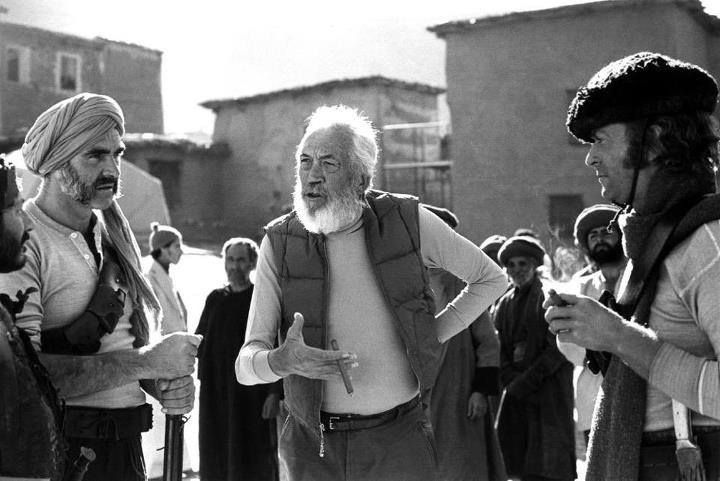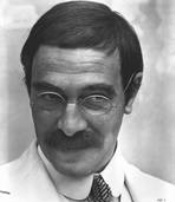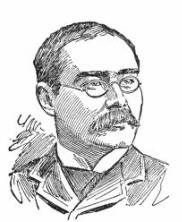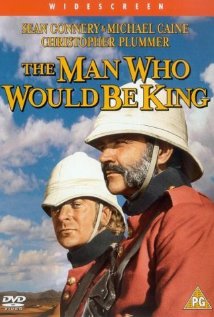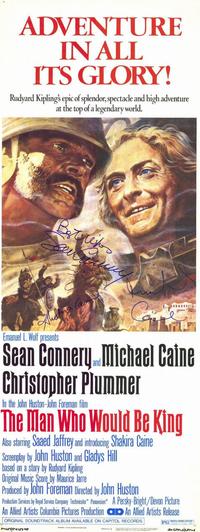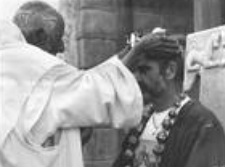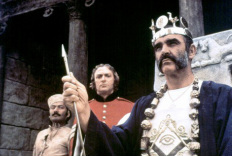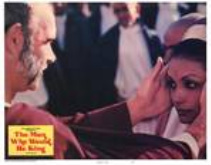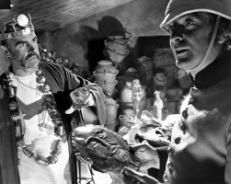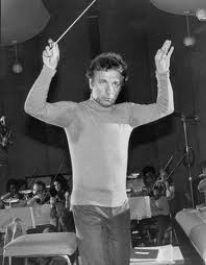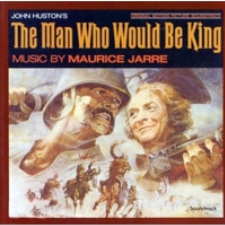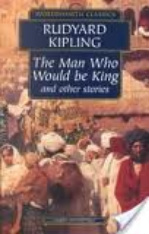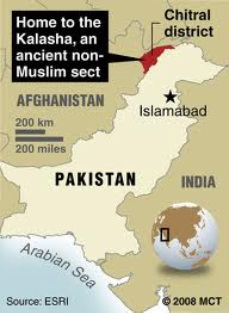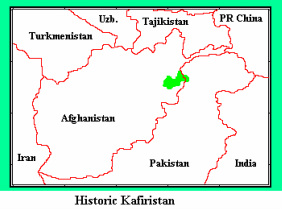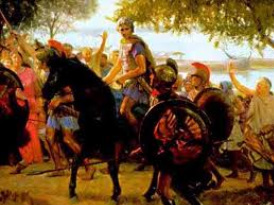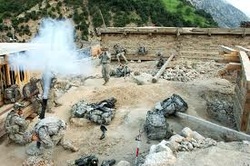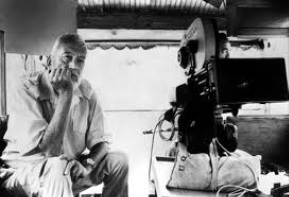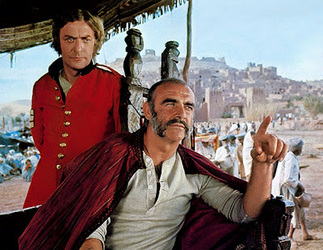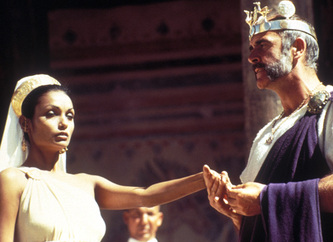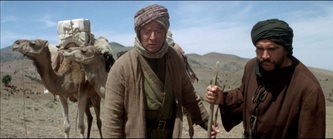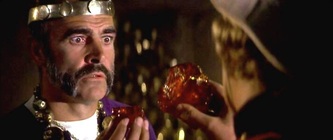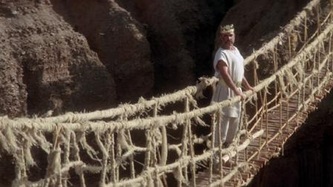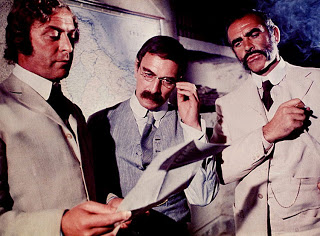The Man Who Would Be King (1975) Director: John Huston
|
|
The Movie's Sources: Kipling and Kafiristan, Masons and Alexander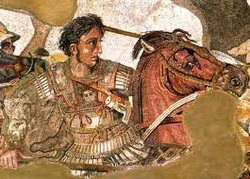 Alexander the Great Mosaic at Pompeii
Huston's movie is surprisingly faithful to its literary source, Rudyard Kipling's famous short story The Man Who Would Be King, first published in 1888. Both story and movie are framed around the tale of two former British army officers, Peachy Carnahan and Daniel Dravot. Rogues, conmen and adventurers. The two tell the narrator, a journalist (Kipling in the movie) their audacious plan. They intend to find the mysterious Kafirstan in Afghanistan in the hopes of making their fortunes in this mythical city associated with the campaign of Alexander the Great in the region. Peachy intends to 'plunder the country four ways from Sunday'.
The historian David Gilmour in his brilliant The British In India suggests that there may have been two real-life models for Kipling's rogues Carnahan and Dravot. He mentions "two American-born adventurers" from 50 or so years earlier: Josiah Harlan (who may have briefly been a prince in the Hindu Kush, and Alexander Gardner who had fought in the Sikh army and married an Afghan princess. [David Gilmour, The British in India, 2018, p.441] Eventually he becomes the treasurer of vast wealth and plans to steal it. But Dravot, hailed by the natives as Alexander's son, is tempted by power and glory. He crowns himself king and is worshipped as a god. Eventually their hubris leads to disastrous consequences for both. For some critics, their selfish motives and actions, and their fatal underestimation of the values and strengths of the local populations, constitute Kipling's subtle critique of colonialism. The film clip below shows the significance of the legend of Alexander to the pair's plan to establish their own kingdom and gain riches and, in Dravot's case, power and perhaps divinity. Kipling and the Freemasons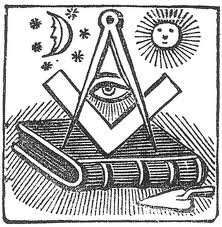 Masonic Symbols.
Kipling belonged to the Masonic Order, and various Masonic arcane rituals, emblems and passwords are mentioned in his story. Some are also deftly inserted into the film. David Gilmour's book The Long Recessional (London, 2002) suggests that Kipling met a Freemason in India when the author was a young journalist; embellishments of Masonic lore may have been grafted onto aspects of the Indian experience.
Kipling was inducted into the Masonic Lodge in Lahore when a twenty year old journalist."I was entered by a Hindu, raised by a Mohammedan and passed by an English master.He regularly visited other lodges in India. http://www.kipling.org.uk/rg_brethren1.htm In his story the Kafiristan priests practise Masonic rituals, which supposedly are legacies from Alexander. In both story and film this helps explain how the two adventurers are able to win the loyalty of the inhabitants. The film also has Kipling give Dravot a Masonic watch charm, which helps convince the priests that he is Alexander's son. Josiah Harlan - 'Prince of Ghor'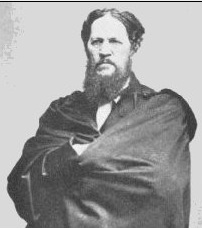 Josiah Harlan.
Josiah Harlan, like the two main characters in book and film, was a soldier and adventurer. In the early 19th century, Harlan, an American born in 1799, and for some years a 'surgeon' with the East India Company decided to find wealth and glory in Afghanistan. He travelled the route taken by Alexander the Great, eventually persuading part of the Hindu Kush's population that he was a god, and ruled the area as 'Prince of Ghor' until the British replaced him in 1839. Like Dravot, he trained his own army. Unlike Dravot he survived, eventually returning to the USA, marrying, and persuading the US army in the 1850s to try camels as cavalry in the West.
Ben Macintyre in The Man Who Would Be King: the First American in Afghanistan (New York, 2004), argues that Kipling would have been aware of Dravot and his exploits, which were a source of conjecture and discussion amongst British journalists, soldiers and administrators in India.Thus his famous story rested on a combination of ancient legend about Alexander and the mysterious region, elements of Masonic myth and aspects ofHarlan's fascinating career in the Hindu Kush. The Film's Mysterious Setting: Nuristan - Kafiristan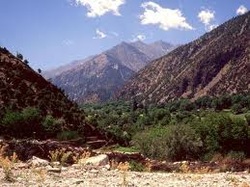 Nuristan, early 21st Century.
The information conveyed throughout Kipling's story The Man Who Would be King -and the film adaptation -show that the story is set in Nuristan, now a province in east Afghanistan, adjacent to N.W. Pakistan. Its northern boundary is marked by the Hindu Kush mountain range.
The region's earlier name was Kafiristan. The word 'kafir' means 'unbeliever' to the surrounding Muslim people, and the people of this area did not follow Islam. Instead, their religion was a mix of polytheism and ancestor worship. This ended in 1896 when the Emir of Afghanistan forcibly converted the population to Islam, destroying temples and shrines and killing local priests.The region was renamed 'Nuristan' - land of the enlightened. |
Friendship and honor corroded by power and greed: Director Huston's great theme
|
|
|
